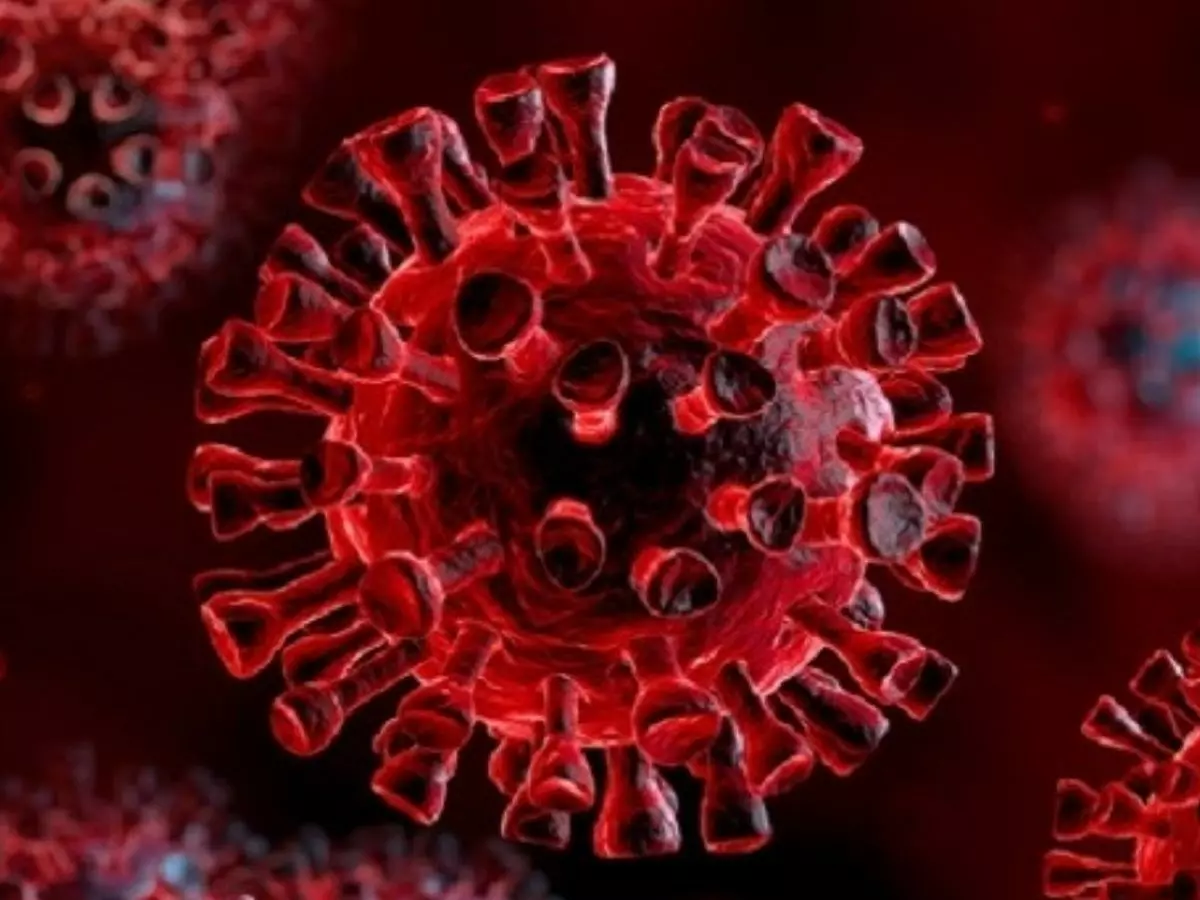Why The B-117 SARS-CoV-2, UK Strain Of Coronavirus Is Causing Some Concern
The mutation dubbed B.1.1.7. caused the entire nation of the UK to go under lockdown during Christmas and the upcoming New Year's Celebrations, stopping people from travelling whereas several nations stopping their flights and trains to the UK too.

Towards the end of 2020, as vaccines to take down SARS CoV-2 finally started to roll out to the masses in several countries around the world, a new COVID-19 strain emerged in the UK, Australia, South Africa and some other regions around the world that authorities claim spreads a lot more rapidly.
 Reuters
Reuters
The mutation dubbed B.1.1.7. or B-117 caused the entire nation of the UK to go under lockdown during Christmas and the upcoming New Year's Celebrations, stopping people from travelling whereas several nations stopping their flights and trains to the UK too.
But what is this new strain and why we should stay away from it? Let's find out:
Does B-117 spread rapidly than other mutations?
It is no secret that viruses are known to mutate and researchers have been on a lookout for mutations of the novel coronavirus since quite some time. B-117 seems to be more potent at spreading, based on epidemiological and genetic analyses, as revealed by Peter Horby, an infectious disease expert at the University of Oxford, ¡°We now have high confidence that this variant does have a transmission advantage over other virus variants that are currently in the U.K.¡±
Some researchers, however, are seeking more evidence since it is very likely that a variant of the novel coronavirus could appear more contagious if it were to gain control of an area which might make it easy for it to spread farther.
 Reuters
Reuters
Is B-117 UK coronavirus strain more dangerous?
As of now, researchers have only found the new strain to be more transmissible and not impact its pathogenicity or its way of causing the disease. Researchers in the UK are looking at the people infected with this strain of the novel coronavirus, their stay in the hospital as well as the death rate caused by the B1.1.7 strain.
Susan Hopkins, an epidemiologist at Public Health England said in a statement, ¡°It's early days, so as people know, both hospital admissions and mortality are lagging indicators, usually taking two to four weeks to see. I think we will be very cautious until we've had enough time to be able to make accurate assessments.¡±
What about immunity?
With vaccinations commencing in various parts of the world, people who have been recently vaccinated now fear if their immunity will be able to save them from the B.1.1.7 strain. Researchers claim that for now, there is no indication that the virus has mutated enough to become resistant to existing immune protection. But it's crucial to be certain about it because this strain has had several mutations throughout the pandemic.
While it is no secret that viruses evolve and mutate, B.1.1.7 has shown up with at least 17 mutations according to a genetic analysis conducted by Andrew Rambaut from the University of Edinburgh and his team.
 Reuters
Reuters
It's somewhat concerning in terms of a vaccine since a vaccine is actually designed to help the immune system develop antibodies against a particular kind of spike and block them. If the spike is of a different configuration, the immune system won't really recognise it and allow it to harm the body.
This is also the case with the antibodies developed by human bodies after being infected with one particular variation of the novel coronavirus according to Wendy Barclay, the head of infectious diseases at Imperial College London who revealed this at a briefing last week.
 Reuters
Reuters
But not all is lost
However, Wendy did mention that in a human immune system, there are other components that help fight against the virus-like T Cells, which are seen to be present for over six months, as per studies. Moreover, even in the case of vaccines, the antibodies can attack different parts of the spike proteins, taking different manoeuvres to stop the virus. According to Wendy, it's highly unlikely that the new strain can survive across all these barriers.
Moreover, even if it does survive despite these barriers, chances are that the immunisations will make the virus less lethal or potent. Yet denoting a vaccine's effectiveness against new strains is crucial.
